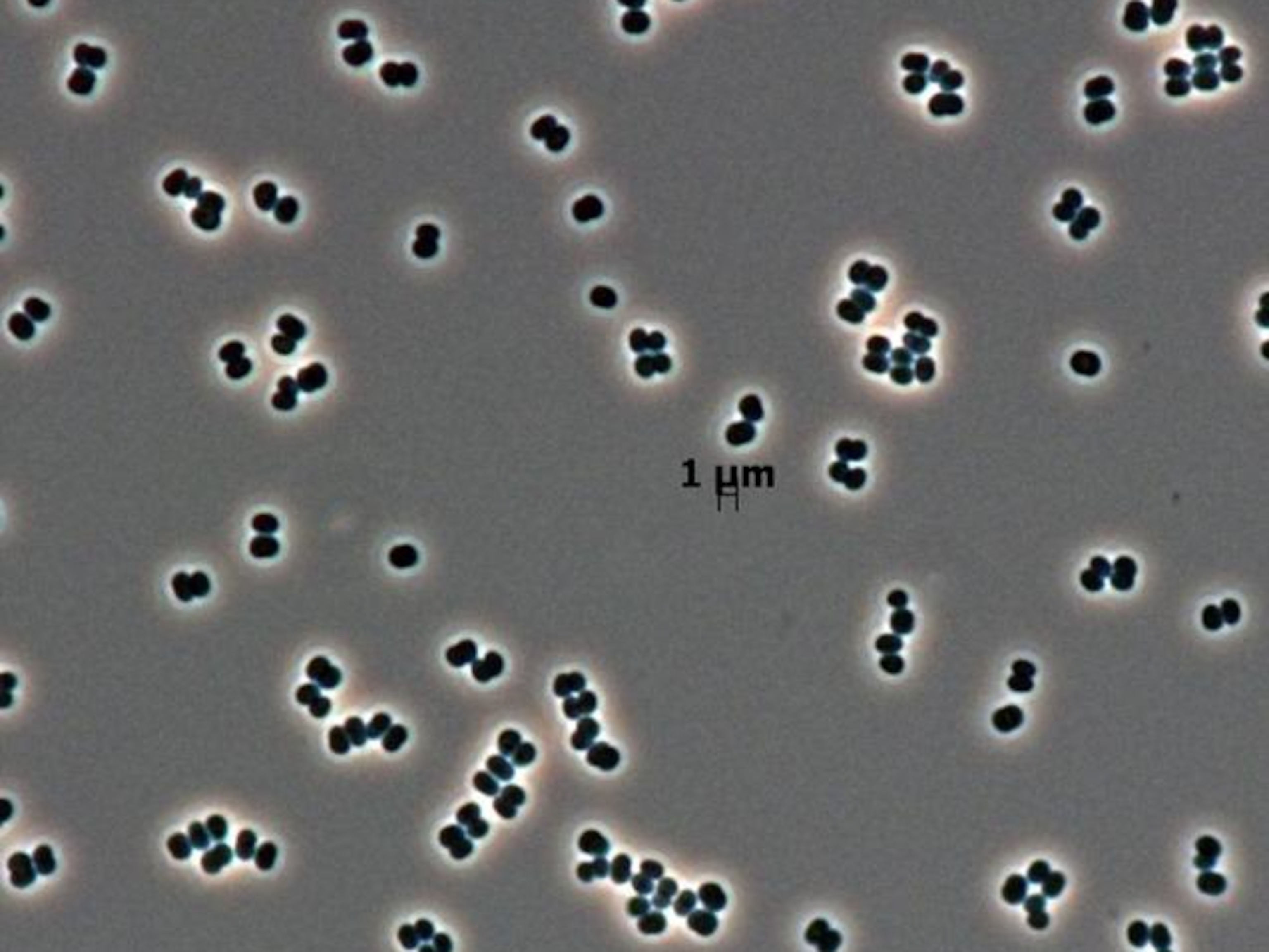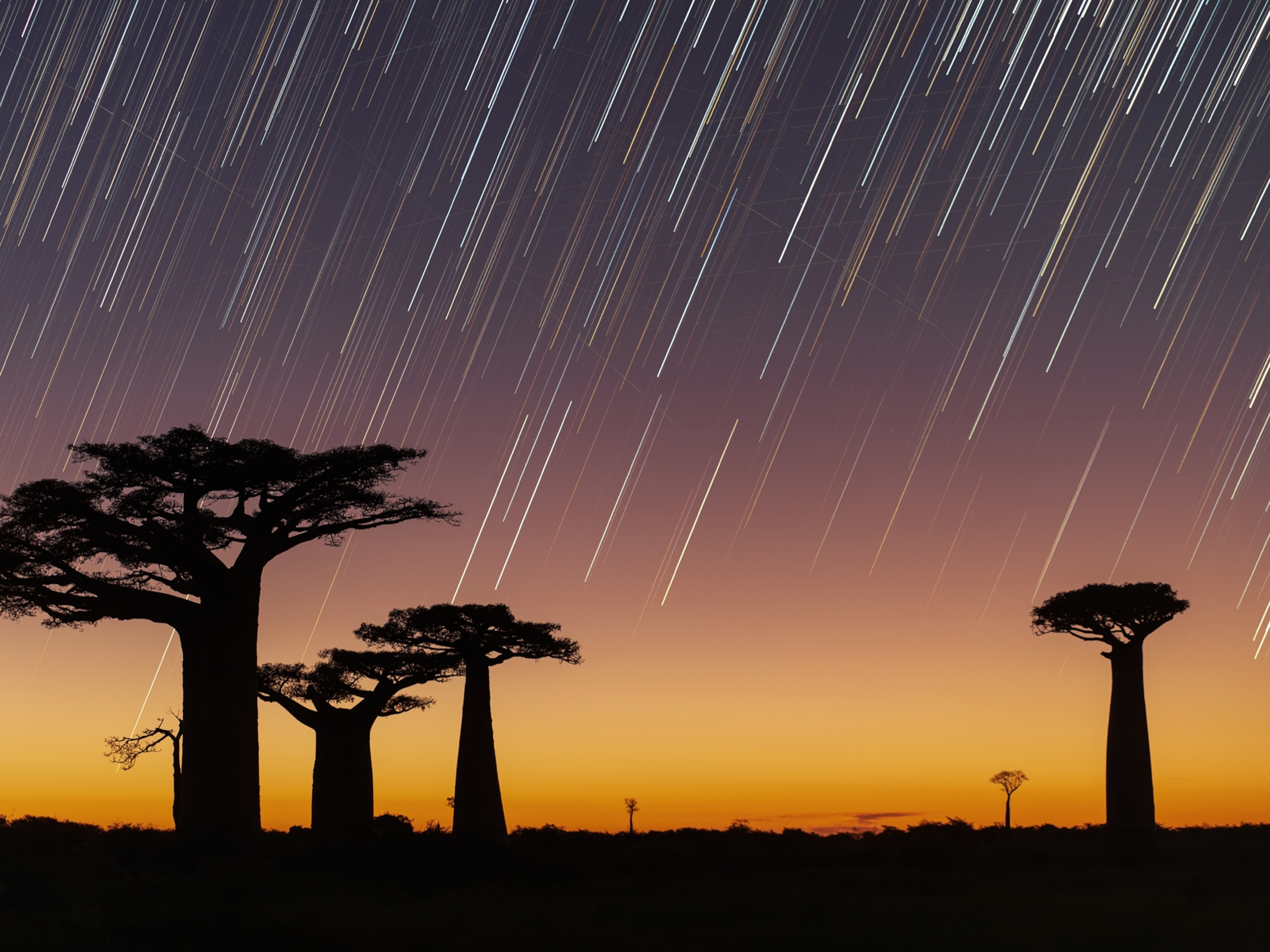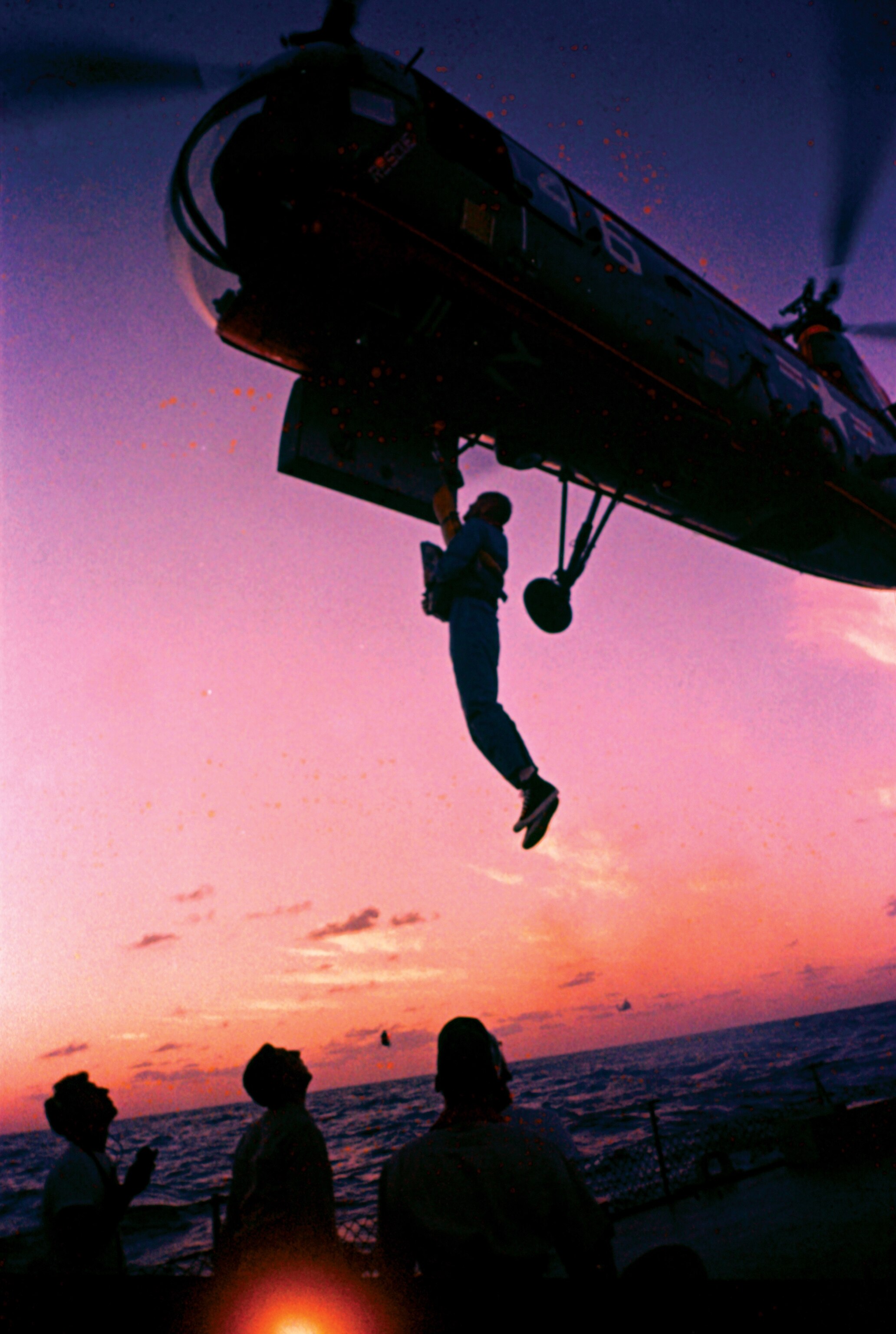
Intimate Pictures of John Glenn's Historic Mission to Orbit Earth
Upon landing in 1962, Glenn said that a National Geographic photographer was the "first thing I saw when I got out of the suit."
John Glenn, who died Thursday at age 95, became the first American to orbit Earth in 1962. A few months after his historic flight, he sent this note to Melville Bell Grosvenor, president of the National Geographic Society and then editor of National Geographic magazine:
August 2, 1962
Dear Dr. Grosvenor,
This tiny National Geographic flag orbited the earth with me in the Mercury Spacecraft "Friendship 7" on February 20, 1962.
I am most pleased to present it to you in recognition of the pioneering contributions to space research made by the Geographic's early stratosphere flights in 1934 and 1935.
I want you to also have this American flag—one of several I carried on the flight—as a tribute to the Geographic's many years of strong support to those men who seek to explore the unknown.
My best personal regard to you and other members of our Society.
Sincerely,
John H. Glenn, Jr.
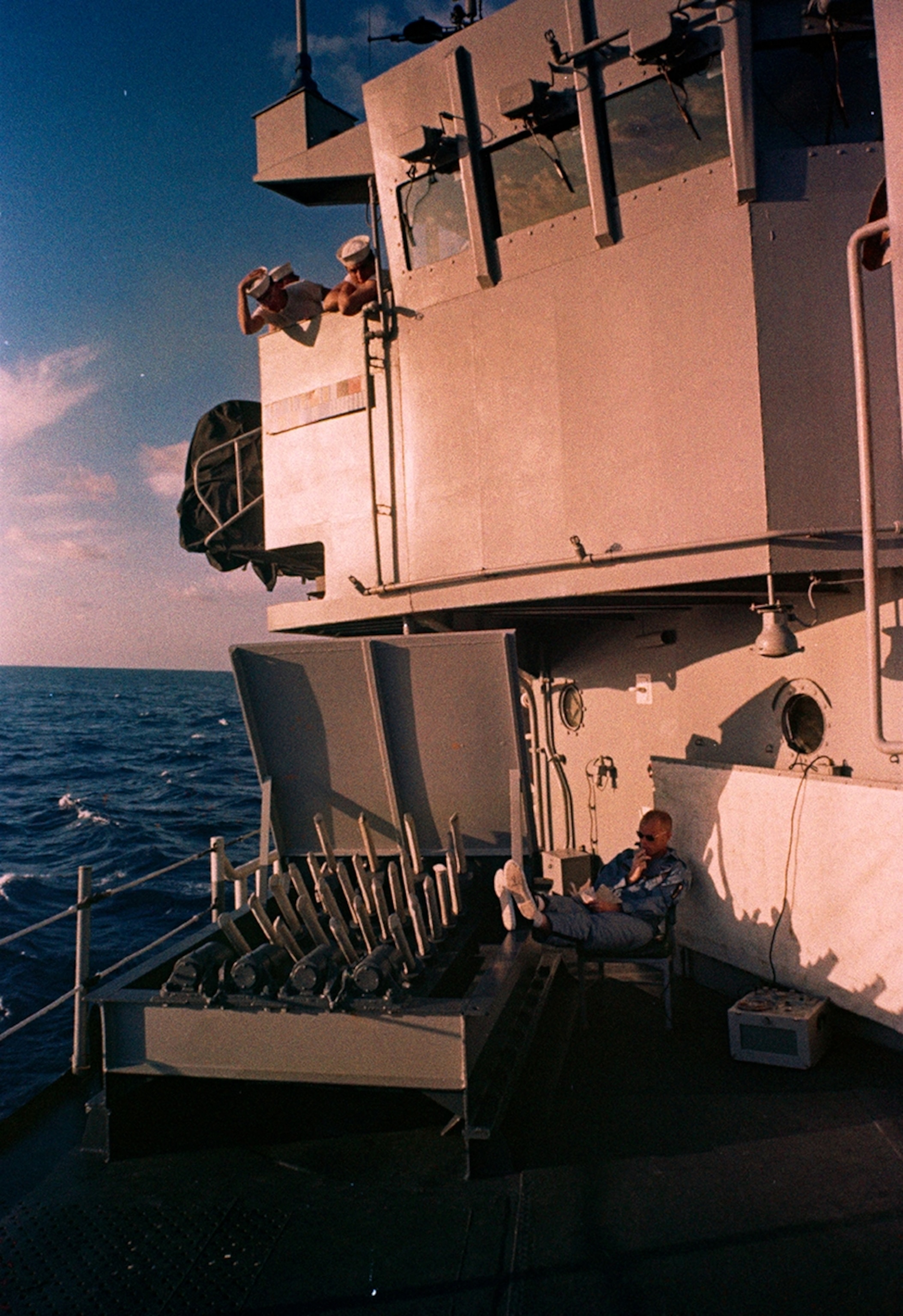
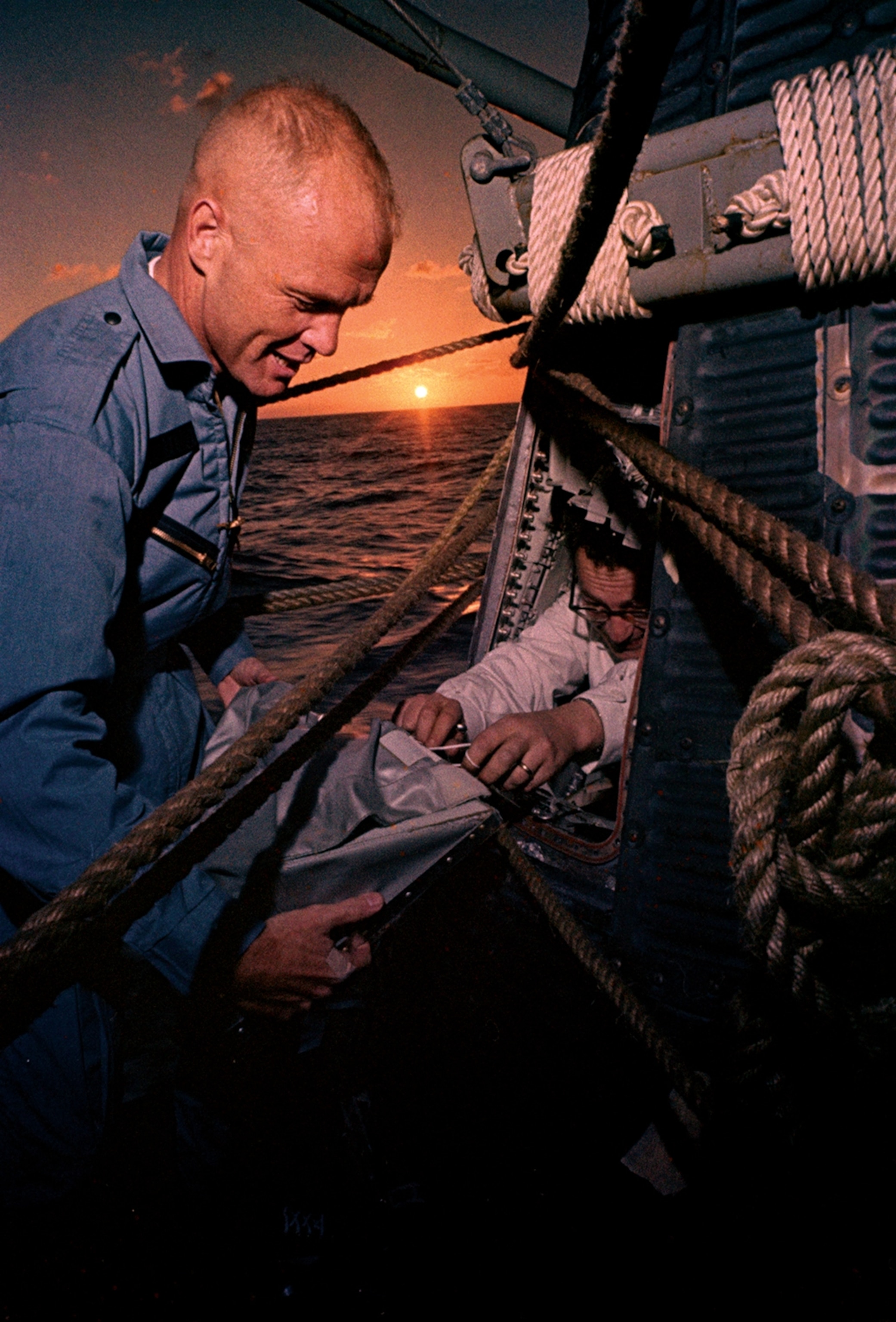
National Geographic was involved in every step of the process as Glenn prepared for his flight, soared into orbit, and returned safely from space.
Photographer Dean Conger, who was on staff with the magazine, was assigned to NASA full time and had access to Glenn’s training and landing. Representatives from the magazine were also present at the launch site. They included writer Kenneth Weaver, who had won the magazine’s lottery for the opportunity to report on the launch.
Weaver was friends with Glenn, and it was at the writer’s request that the astronaut took the tiny National Geographic flag into space.
Prepare for Launch
After waiting for more than a month at the launch site, the journalists finally had a date: February 20, 1962.
The magazine’s director of photography, Jim Godbold, was at the launch site that day and described the anticipation as having “patriotic goose pimples.”

Weaver, Godbold, and other journalists climbed to the top of a water tower to report on the launch. As the capsule orbited Earth and the world followed its trajectory, they processed their photos and Glenn’s reports from space. They then boarded a military transport plane headed for Grand Turk Island, where they would meet Glenn after his landing.
Meanwhile, Conger was with the other NASA photographers on a helicopter headed for the destroyer U.S.S. Noa, where Glenn would be transported after his capsule splashed down.
Because of his relationship with NASA and National Geographic, Conger was able to spend time on the destroyer with Glenn as the astronaut underwent post-flight examinations and afterward, on deck, as Glenn recorded his thoughts on the mission.
Otis Imboden, another National Geographic magazine photographer, flew to Grand Turk for Glenn’s arrival. Imboden ran into Glenn on the beach after diving with another astronaut the following day.
Upon learning of his connection to the magazine, Glenn said, “You know the first thing I saw when I got out of the suit on the destroyer? Dean Conger in that big orange flying suit.”
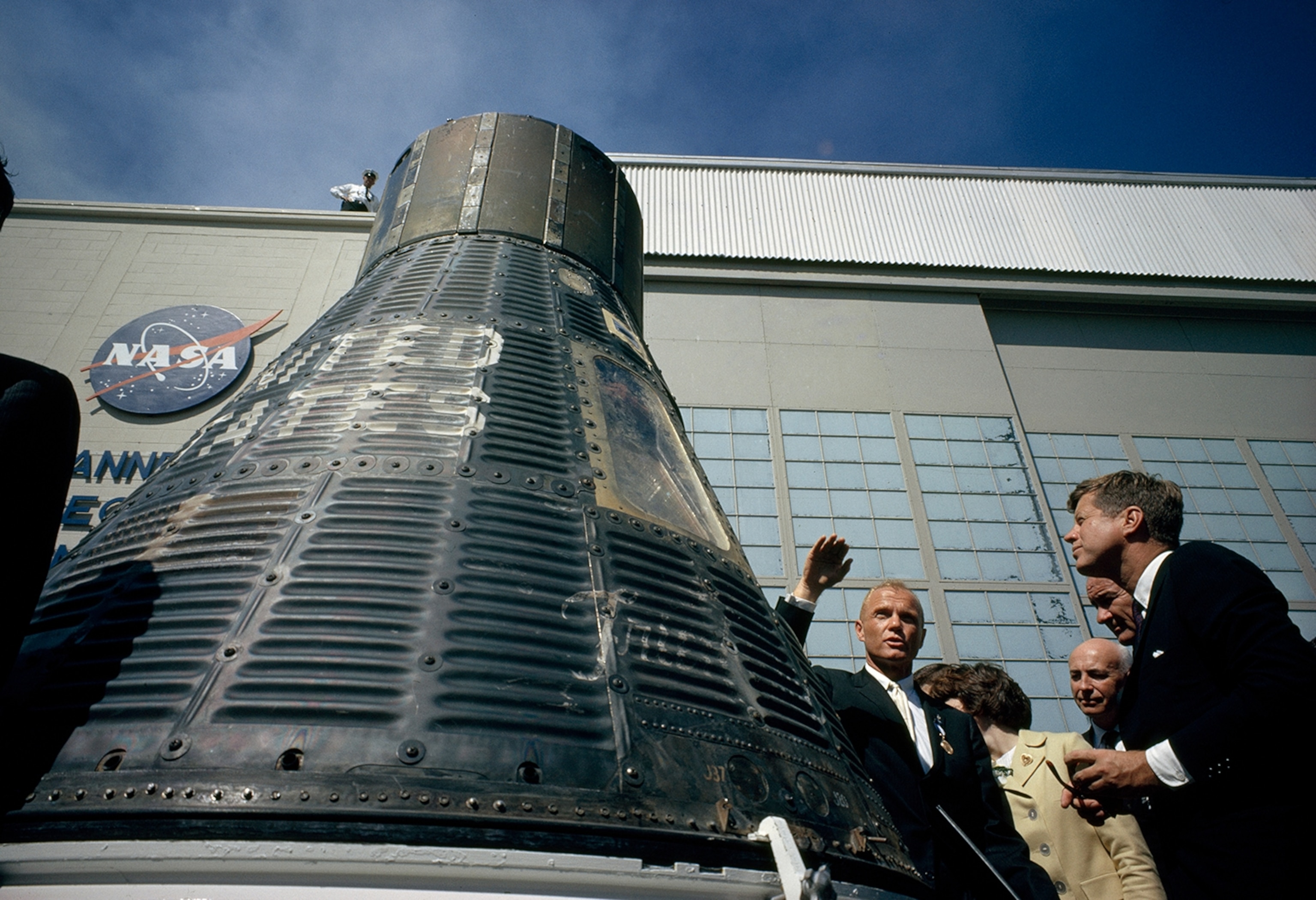
In early April, back in Washington, D.C., the National Geographic Society conferred on Glenn its highest honor, the Hubbard Medal. An article about the historic flight ran in the June 1962 issue of National Geographic and included the photographs shared here.
Conger’s pictures also appeared in many other publications around the world, including on the cover of Life magazine.

